The Little-Known, Sustainable #Vanlife Alternative No One Is Talking About

TL;DR Summary: I’m a slow traveler who’s journeyed 5,000+ nautical miles with my eyes on the horizon and the wind in my sails. In this article, I share some of the reasons I became a liveaboard cruising sailor, and I explain why I think #sailinglife beats #vanlife.
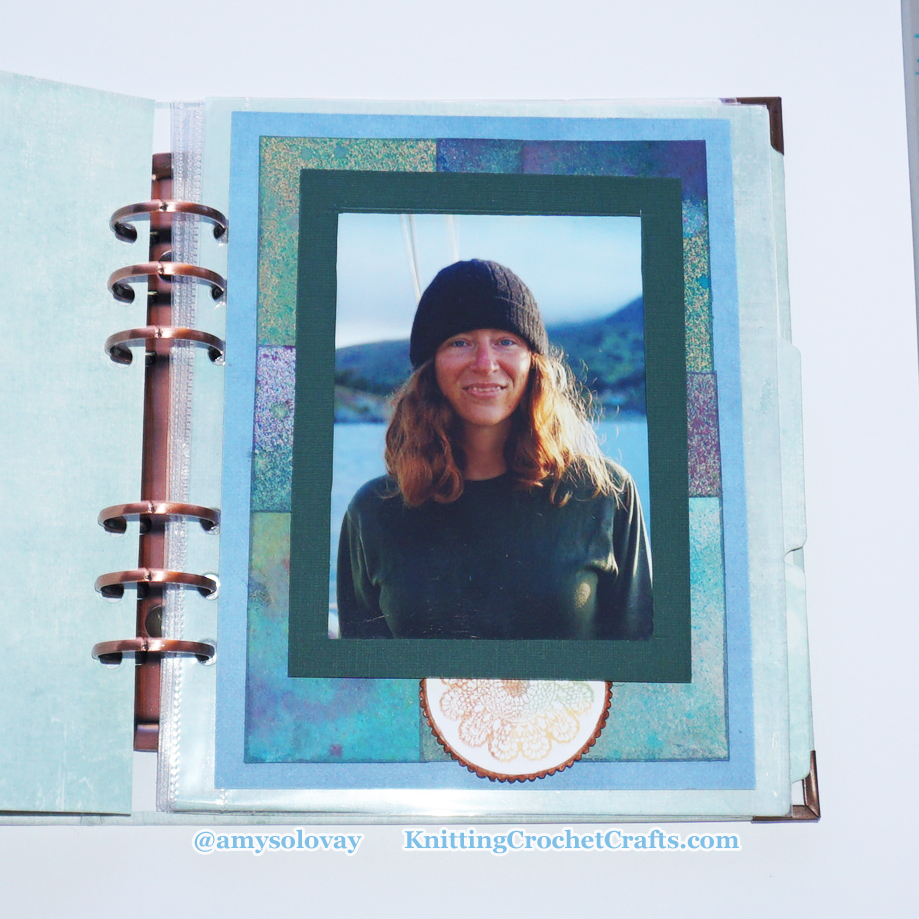
These days, it isn’t just the lavish homes you see pictured in Architectural Digest that are priced out of reach for growing numbers of ordinary people.
Nowadays, according to the analysts at Harvard University’s Joint Center for Housing Studies, many renters can barely afford to pay their rent. People in this situation find that it’s not an option to buy any house, even a modest one. In general, home prices have surged higher than Americans’ incomes.
And furthermore, the numbers of homeless Americans have reached record highs.
A few other related lifestyle trends are the explosion of the content creator economy, the increasing availability of remote work and a generation of young people stricken by wanderlust.
Enter #vanlife.
#Vanlife, Explained:
What Is Vanlife? Why Would Anyone Want to Embark on Vanlife?
Some people have come to the conclusion that it’s more economically advantageous for them to live in a van than it is to live in traditional housing units such as apartments, condos or homes.
#Vanlife is simple to explain: If you’ve decided you want to be a vanlifer, you (and possibly also the person / people / pets you love) get in a van, and you travel to wherever it is you want to go.
You stay there for awhile and experience life in that place. Then you move on and go somewhere else…and somewhere else after that…and somewhere else after that.
There are infinite possible variations to this story. Maybe you sell off everything else you own before you board the van. Or maybe you put all your possessions in storage.
Maybe you take out a loan to buy the van, and you get a lucrative remote job that more than covers your van payments. Perhaps you save up to buy the van. Or perhaps you buy a Scooby Doo Mystery Machine lookalike from your hippie uncle, who’s had it parked in his garage since the 1970s.
If you do it right, it’s a lifestyle filled with travel, adventure, spectacular scenery and self-discovery.
Selfies, videoing your adventures and oversharing everything about your van and your travels on Instagram / Youtube could become part of the package if you’re willing to invite strangers into your life in that intimate way. But those aspects of vanlife are optional.
Of course, vanlife isn’t always as fun and glamorous as the vanlifers on Instagram and Youtube portray it to be.
I got my first micro-taste of vanlife as a child in the years before the rise of social media. My mom bought an old Ford Econoline van that the previous owner had converted into a comfortable living space. It had a couch that transformed to a bed; it had a coffee table; and it had a kitchenette complete with countertops and a sink with space under it to put a water tank.
Every year, my family would pile into the van and head to the beach for a week of strolling along the boardwalk, playing in the sand, getting sunburned and camping out.
But these days, people who are buying vans aren’t all doing it for vacation use. Housing has become unaffordable. Many people are choosing to forego rent / mortgage payments and instead choosing to live in their vehicles.
Some internet influencers promote this lifestyle in a way that makes it look liberating, enticing and glamorous. I’m positive it can be that - but if you’re seeking out a life of freedom and adventure, vanlife has serious limitations.
So, Your Top-Priority Goal in Life Is to Travel.
Are You Hoping to Embark on a Grand Tour of the USA’s Finest Walmart Parking Lots?
I don’t know about you - but when I get a case of wanderlust, it leaves me yearning to visit the planet’s most scenic vantage points, her fascinating historic sites, her enthralling botanical gardens and her loveliest sandy beaches.
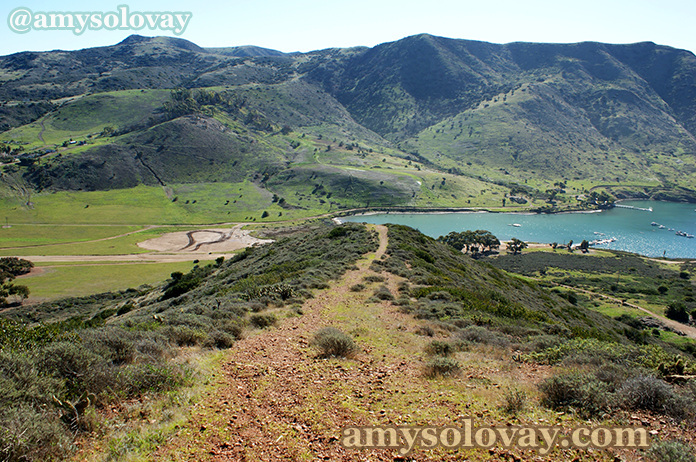
If you could go anywhere and do anything, where would you go? What would you do? Who would you talk to when you got there?
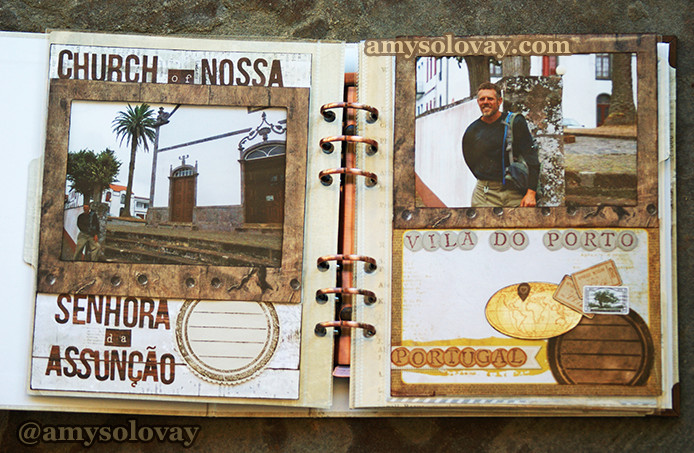
And let me also ask you this: What’s stopping you from going there?
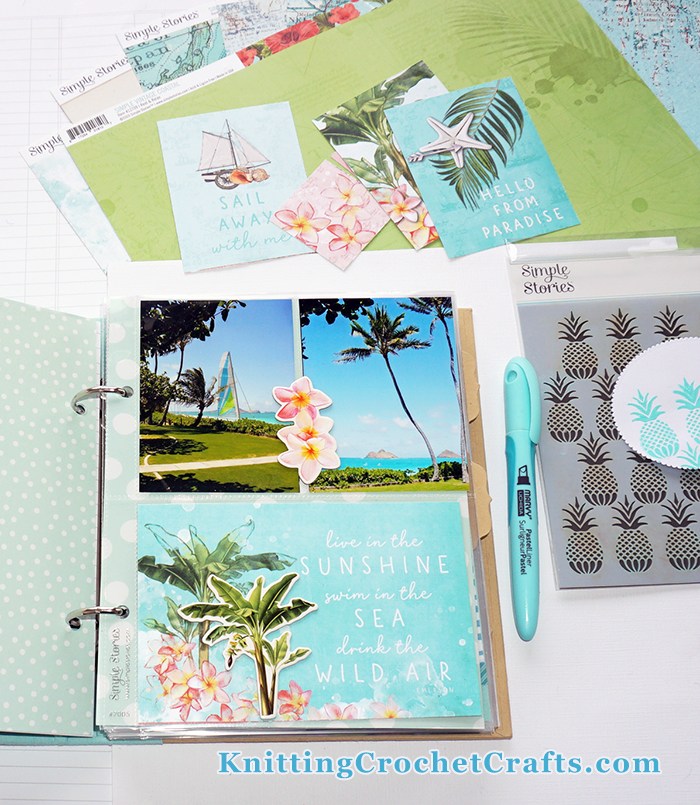
From where I sit, here’s the answer: NOTHING.
Nothing is stopping you!
You actually could go pretty much anywhere you want to.

Okay, maybe not anywhere. Depending on who you are and what country you come from, maybe there are places you couldn’t go, because maybe you couldn’t get a visa to go there. It’s tricky if you’re an American who wants to travel to Cuba, for example. I know Americans who’ve done it, but it isn’t such an easy thing to do.
But anyway, let’s not get caught up in minutiae. Sorry.
Here’s the point: If traveling’s what you want to do, there isn’t much stopping you.
But, depending on where you want to go and what you want to see, a van might not be the ideal vehicle to get you there.
If you’re an American who’s hungering to experience every awe-inspiring wonder found within your homeland’s vast expanse from sea to shining sea - say, for example, you want to visit any or all of America’s national parks, scenic highways and scenic byways - then #vanlife is a valid and worthy option.
And it’s also an okay option if your goal in life is to sample the uniquely authentic American cuisine at the innovative McDonald’s, Burger King and Taco Bell eateries that have been rubber stamped across America’s landscape.
(Did you know that McDonalds properties, on their own, occupy an estimated 50,000 acres of land? For real! YIKES!)
But if your wanderlust takes a different form, then maybe vanlife isn’t the best way to satisfy it.
Do You Want to Live at the Beach?
In my experience, living in a van = mostly living on highways and parking lots - although if you do it right, you’ll also experience some truly appealing campgrounds, parks and scenery, too.
But living aboard a sailboat = mostly living at the beach, or sheltered in lovely harbors and anchorages and marinas.
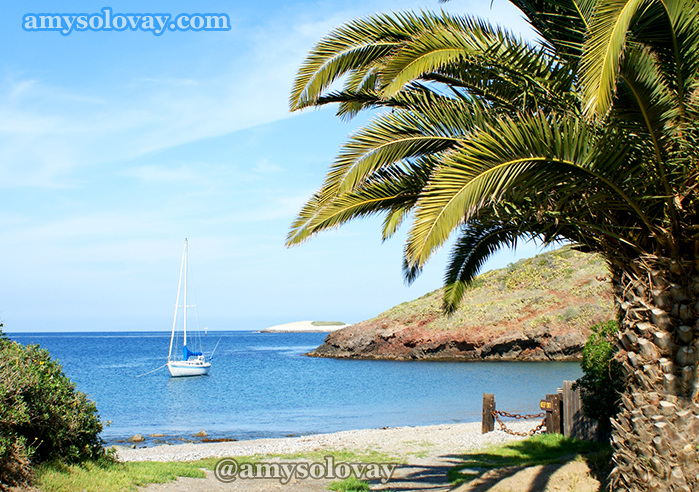
(It’s also possible to spend a lot of time sailing around out in the world’s vast oceans, if that’s what you want to do.)
If you want to wake up to beachfront views every morning, you could spend a couple of million dollars buying a condo in Pacific Palisades. Or you could spend $20,000 buying a seaworthy used sailboat, and then you could go cruising.
(And if you hang around at marinas during hard economic times, you might find boat owners who are willing to give you an even better deal than that.)
We actually know of a couple people who acquired sound, seaworthy sailboats for free, simply because it was a time of economic distress, and the sailboat owners in question wanted to get out from under the expenses associated with owning a boat.
It can get ridiculously expensive to dock and maintain sailboats. The exact cost depends on where you live, how big your boat is, where you choose to dock it and other related factors like that (i.e. whether your marina requires insurance - most do - and how much your insurance costs…)
In my experience, the docking expenses aren’t such an issue if your boat is also your home, because if you start out with a modest boat (notably, one that’s small - less than 40′ including the bowsprit, if applicable), you can find ways to dock and maintain the boat that would be less expensive than the typical cost to maintain a home.
(Don’t take my word for this without doing the math on how much it would end up costing for your own unique situation, which will, of course, be different than mine was.
And Mike says I should add that some marinas won’t let you live aboard a small boat on their premises, which is a valid point - except that’s not what I’m writing about here. I’m writing about actually going cruising - not just moving aboard a boat to stay put in a marina.)
But if you aren’t living aboard the boat, it’s a different story. In that case, the boat is an expensive luxury.
For boat owners who aren’t living aboard their boats, when hard economic times hit, their boat stops being a source of enjoyment and morphs into being just another burdensome bill to pay. So in a downturn, it isn’t uncommon to find boat owners who want to get rid of their boats in order to get rid of the resulting bills that inevitably accompany them.
And in those times, it also becomes harder for them to find willing buyers, because few people are willing to acquire a new set of monthly bills when the economy is spiraling downward.
And this was the situation following the Great Financial crisis, which is when my husband and I bought our first sailboat.
Some sailboats maintain a minimum value just because the metal in sailboat keels can be valuable. Around 2010, 2011, after the Great Financial Crisis, massive numbers of people were selling their sailboats at a loss to crushers who would extract the valuable metal and resell that for industrial use.
To me, this was a heartbreaking situation. It made me sad at the time. I still get sad thinking about it now.
But if you’re an opportunist who wants to live or travel affordably, and you’re willing to invest some effort in looking for a sailboat owner who wants to get out from under their boat, you might be able to really help that person out while also scoring yourself a great deal on a sailboat.
That said, I’d also give you the following advice: Never buy a boat without first hiring a qualified marine surveyor and asking that surveyor’s opinion about whether or not the vessel you’re considering is a smart buy - because there are good deals out there, and there are also horrendously bad deals. If you don’t know anything about sailboats, it is really easy to make a bad purchase. So be careful out there.
An important takeaway: The expenses on a sailboat could go either way; some of them are stupendously expensive, and some of them are incredible bargains.
If you want to live affordably aboard a sailboat, skip the large, impressive mega-yachts, because those will also come with large, impressive mega-bills. Instead, you need to make a smart purchase on a small, modest, seaworthy used sailboat.
Also, you should be aware that not all sailboats are good for ocean cruising. Many sailboats are meant to be coastal cruisers; they aren’t meant to cross oceans. And the boats that are good for crossing oceans aren’t necessarily going to be the most fun boats if you’re just hoping to hang around in marinas sunbathing and drinking beer.
So if your goal is to travel further than a few miles up or down the coast, you’ll want to get educated about what makes a comfortable ocean cruiser, and find one of those to buy.
Vanlife Has More Downsides Than You Might Think
Two of vanlife’s most compelling problems are the costs of fossil fuels:
- The costs in currency: Fuel is expensive;
- And also the environmental costs, which are substantial.
Ask yourself this: Are you earning enough to sustain a lifestyle that revolves around frequent driving considering the high price of fuel?
And don’t you care about the environmental costs, too?
You could argue, “So what? Everything’s unsustainable. Everything’s expensive. And in the scheme of things, one single van’s environmental footprint isn’t really all that problematic.” And I think it’d be hard for people to disagree with that view of the situation.
But on the other hand, if there’s a way to do better, then why not do better?
If you view sustainability as a spectrum or scale that has two diverging points, with “totally unsustainable” as one end point and “totally sustainable” as the other, you can make an educated guess about where on the scale vanlife might fall. And then you can similarly assign sailinglife a place on the same scale. And you can compare the two to make a value judgment about which option is more sustainable than the other.
Sure, there’ll be bunches of variables to evaluate when making any such comparison. But I think it’s fair to say that sailing (traveling under wind power) falls closer to the “totally sustainable” side than driving a van does. Would you agree?
Just FYI: My husband, Mike, and I traveled the 2436.3 nautical mile-journey from the Colonial Beach Yacht Center in Colonial Beach, Virginia to the Porto do Vilo marina in Santa Maria Island, Portugal using mostly wind power.
A nautical mile isn’t the same distance as a mile. So if you convert that distance to ordinary miles, it’s about 2804 miles, according to Google’s automated nautical-miles-to-miles calculator.
If you’re lucky, a campervan might take you about 16 miles for each gallon of gas you put in the tank. So it’d take you about 175 gallons of fuel to drive an equivalent distance. In contrast, we used an estimated 37 gallons of fuel while making the trip. The wind provided the rest of the power to get us there.
Before that, we cruised around the Channel Islands for a couple of years. During the last approximately 6 months of that time period, the engine on our boat wasn’t even working - so except for a couple of instances where we asked our harbor patrol friends to give us a tow out of Catalina Island’s Cat Harbor, we were 100% traveling under wind power.
(Mike says, “If you want to become a better sailor, ditch your motor.”)
So after weighing the pros and cons of sailinglive vs vanlife, this was my conclusion: For us, moving aboard a sailboat was a smarter move than moving into a van would have been.
But of course, your mileage may vary. And before you decide to go all in on sailing, there are a few additional things you should keep in mind.
Cons to Sailinglife:
Living Aboard a Sailboat Can Be Stressful
Do you like Metallica’s music?
I do. There are a couple of Metallica songs that are like personal anthems to me.
From Enter Sandman:
“Sleep with one eye open, gripping your pillow tight…”
And from Wherever I May Roam:
“Where I lay my head is home.”
In either case, I doubt those guys were singing about sailing. But in my cruising days, I felt as if they might as well have been singing about sailing. I’d sing their songs at the top of my lungs, all night long while sitting in the cockpit, doing anchor watch and staring up at the moon.
There are unlimited numbers of things that can go wrong while you’re sailing or anchoring a boat. You have to be perpetually watchful because other boats will hit yours, and your anchor will drag sometimes, and bad weather could pummel the harbor, cove, mooring or marina where you’re sheltered. So all of that can be stressful. It’s an exciting lifestyle, but I’ve learned that there are many kinds of excitement I can happily live without.
Slow
Sailing is slow. If you’re the type of person who’s able to just relax and chill, you are the ideal candidate for #sailinglife. But if you’re an impatient person, this mode of travel isn’t going to be your jam.
Unpredictable
Sailors are at the mercy of the wind, waves and weather. If you lead a highly regimented life, and you need to be at X place by Y o’clock, you really need to think twice about whether this lifestyle would work for you. It probably isn’t going to be workable.
Not Ideal for Single-Handers; Better With a Couple, Group or Team
There are lots of solo sailors; the lingo for that is “single-handers.” I don’t recommend single-handing, because every time you go to sleep, there is no one to watch your back. That said, there are lots of single-handers sailing around out there.
Sailing Is Free; It’s Docking That’s Expensive
Living aboard a sailboat can be super cheap if you’re willing to put up with some discomfort. But if you need to be comfortable at all times, that’s going to get expensive.
The least expensive ways to do things also tend to be the least comfortable, most thrilling and most stressful.
Let me give you some examples.
The safest, most comfortable places to put a sailboat tend to be well-sheltered marinas; staying in those can get expensive, depending on the size of your boat and other factors like when and where you go.
Marinas tend to cost more during the busy season and less during the off season - sometimes much, much less.
In contrast, it’s totally free to sail in international waters in the world’s oceans. But, offshore cruising isn’t necessarily going to be a comfortable experience.
There’ll be days when you get sunshine, gentle breezes, small waves and following seas. On those days, you’re ecstatic to be a liveaboard cruising sailor. As you watch dolphins frolicking alongside your boat, you think to yourself, “This is insanely amazing. I can’t believe the world’s oceans aren’t jam-packed with cruisers.”
And then there are going to be days when it’s raining; there are 30-knot winds blowing; the surf is pounding against your boat’s hull; waves are hitting your portals with such force that you’re starting to worry they’ll shatter; and you can’t stay dry because wave after wave after wave keeps breaking over your cockpit. And you think, “I wonder if I’m about to get washed overboard.” And as you look around, you realize that if that happens, nobody is ever even going to figure out what became of you.
There are many free anchorages in various locations around the world. Some of them, I have a hard time figuring out why they’re free; the local governments in those locations could charge money, and people would pay it.
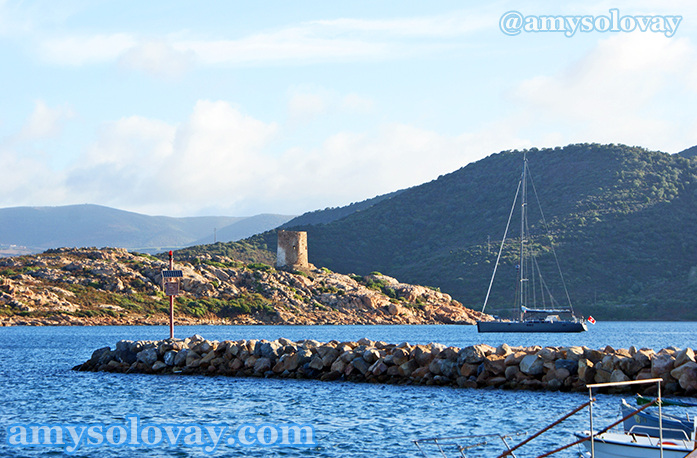
But many of the free anchorages I’ve encountered around the USA, they’re free for a reason. And, often, the reason is that it isn’t going to necessarily be fun or comfortable to anchor there.
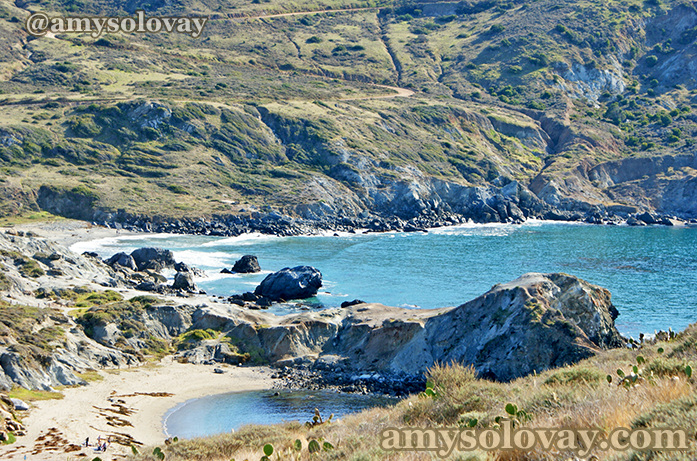
But if you can tolerate getting rocked by massive swells, and you don’t mind keeping an eye on your anchor, that free anchorage offers you the opportunity to save however much cash you would’ve spent on mooring in a local harbor or docking in a marina. Those costs can add up fast; it isn’t uncommon to spend $50+ per night, and the bigger your boat is, the more you’ll typically save by chilling out in free anchorages.
For me, the good days outweighed the bad days when we were out cruising. But if you can’t deal with those bad days, cruising isn’t for you.
There Aren’t Any 7–11s, Liquor Stores, Emergency Rooms or Hospitals in the Middle of the Ocean
If you have a chronic disease or any condition that requires medical supervision, #vanlife is a better choice than #sailinglife.
If you don’t know how to handle emergencies, you’re not a good candidate for #sailinglife. Cruising sailors have to be resourceful.
And if you’re the type of person who can’t cope without regular intake of hot coffee or cold beer, you probably shouldn’t try to sail across oceans - because, inevitably, the coffee and the beer will run out, and you can’t just run to the store when you’re a week or more offshore.
At one point when Mike and I were cruising in the Mediterranean Sea, we stalled in between Spain and Algeria, because the wind simply stopped blowing - for weeks.
So we were just sitting there, getting nowhere, and rocking.
And rocking.
And rocking.
And rocking. Endlessly rocking.
The Mediterranean sun embraced our boat with its powerful heat and shimmering light. I felt as if I could have easily drowned in my own sweat, but we didn’t have enough water aboard the boat to justify taking showers.
I said to Mike, “Let’s go to Natural Grocers and get ice cream.” And he glared at me, because all we could see in any direction was an endless expanse of blue ocean and blue sky. There was no nearby island oasis that happened to have a Natural Grocers, or even a random ice cream truck.
So #sailinglife isn’t for everyone. For sure, it has its share of stressors and downsides. But if you can cope with those, the upsides are beyond incredible.
If you’re thinking of embarking on #vanlife, I urge you to at least consider the possibility of #sailinglife before you buy a van and get started.
Over to You:
Have you tried any form of nomadic living? If so, how’d you decide to approach it? And how’s it working out for you?
If not, would you consider it? Are you thinking of trying either #vanlife or #sailinglife?
If you want to travel, but you haven’t yet taken the plunge, what’s stopping you from getting started?